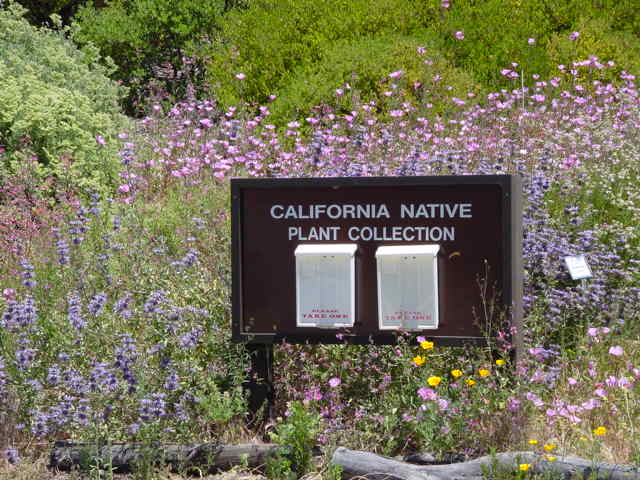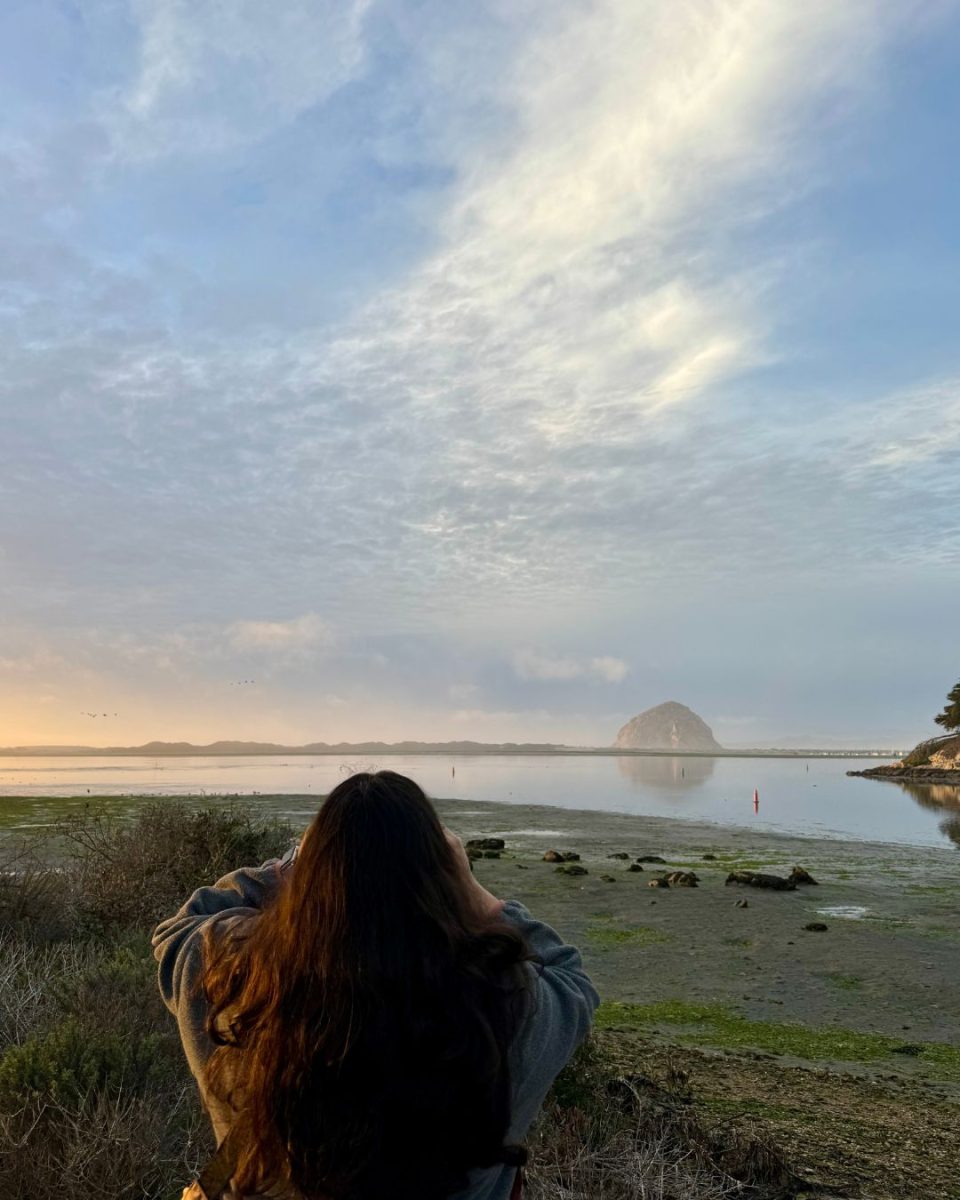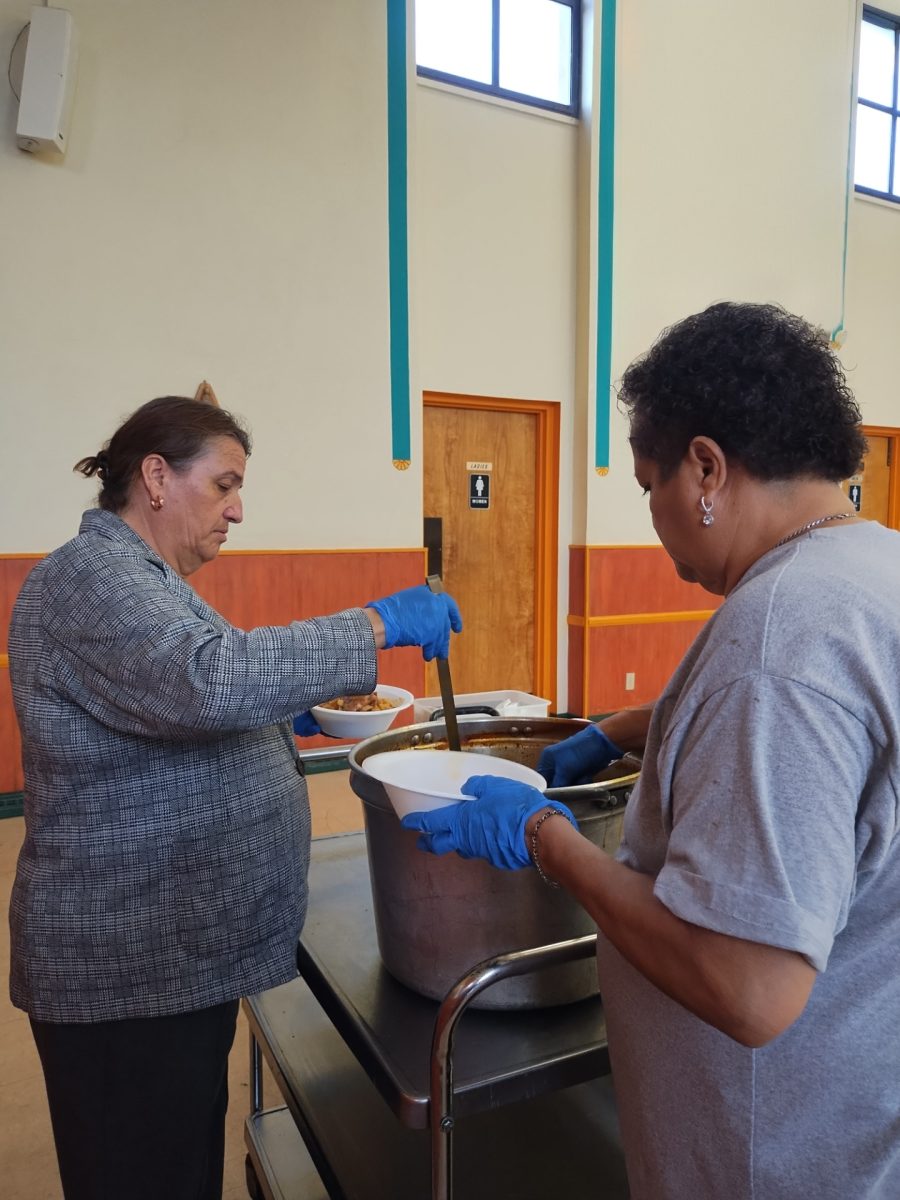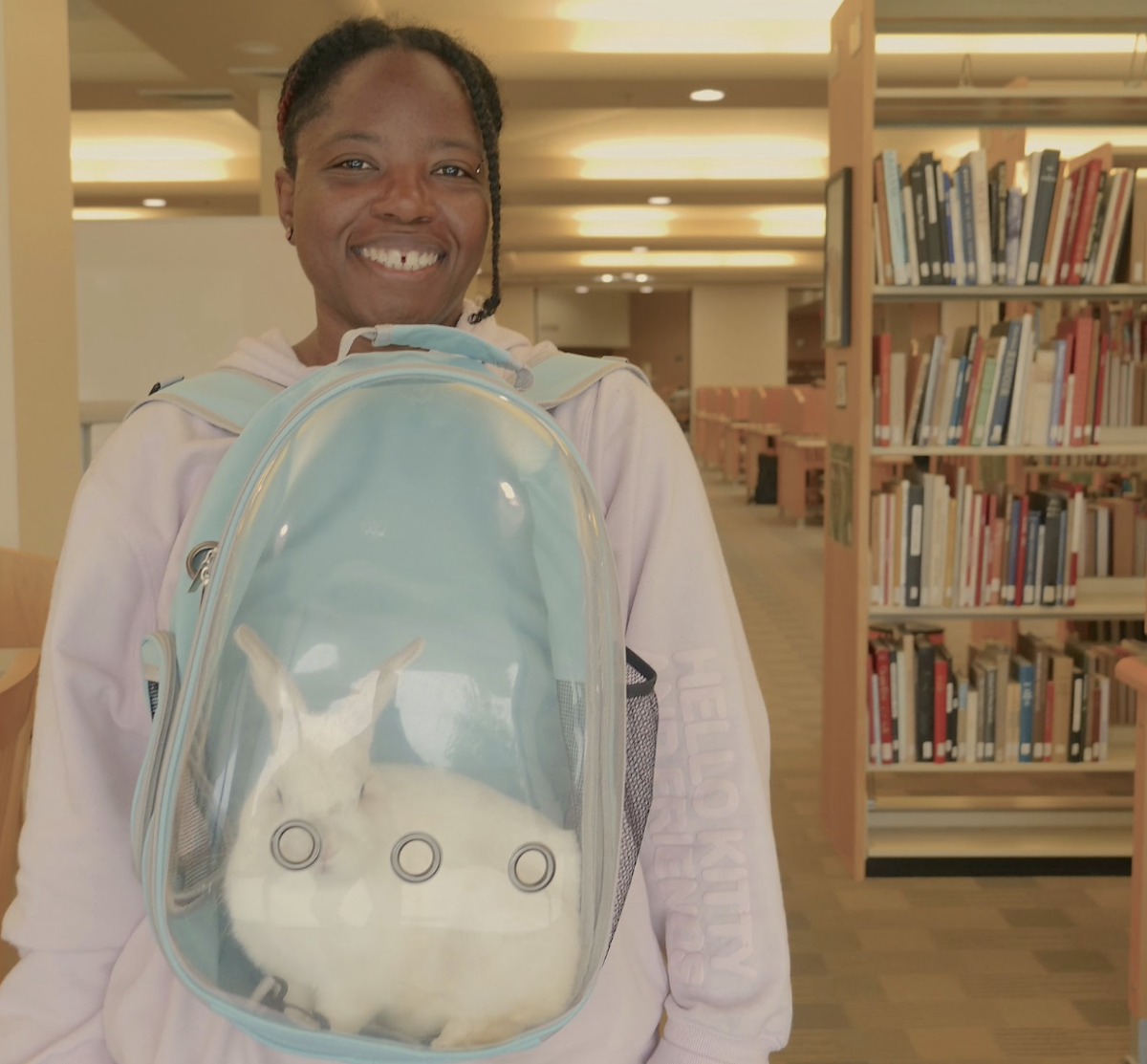Cuesta College and other college campuses across the country are incorporating native plants into their landscapes, which is delivering tangible benefits.
According to the National Wildlife Federation, planting native species on campus can help with providing filtration for parking lot runoff and mitigating erosion from steep hillsides. The areas where they are planted can even become outdoor research labs.
Jennifer Schriber, a professor who teaches plant science at Cuesta College, believes that incorporating native plants into the campus is vital for creating a working landscape model for the greater community and also for providing much-needed habitat for species within the San Luis Obispo environment.
“Cuesta does a good job on the south campus,” Schriber said. “John Veres, a biology instructor at Cuesta College, does have native seed collections and native plants in the greenhouse. On the north campus in Paso, we are still getting established. There is an initiative of talking about native plants and growing native seeds, and I would like to expand that more.”
Schriber is involved with other native habitat restoration projects in San Luis Obispo. Through her work, she understands the need for more native plant protection and propogation.
“I think it would be so good to get students and communities involved in looking at plants, collecting the seeds, and educating people on appropriate ways of collecting seeds and helping to reestablish them,” Schriber said.
Scott DeMello is the grounds supervisor for Cuesta College and has been with the college for about twenty years. DeMello manages a six-person groundskeeping crew for both the Paso Robles and San Luis Obispo campuses.
Although DeMello does not always get to choose what gets planted on campus, he says that Cuesta staff personnel mostly choose native plants or plants that will do well with the land’s soil and environmental conditions.
Cuesta’s landscaping generally maintains a low impact on the surrounding resources. In 2015, Governor Jerry Brown ordered a statewide mandatory water restriction, directing cities and communities to reduce water usage by 25%. According to DeMello, Cuesta College was able to reduce its water usage by an impressive 45%.
“We removed quite a bit of lawn,” DeMello said. “That’s why you see a lot of open areas now. There used to be over 60 lawns out here, and I’ve narrowed it down to about 20 lawns, so that saved us a lot of water.”
According to recent analysis, 40 million acres of the United States are covered by lawns. That amounts to the equivalent of 30,303,030 football fields of our country covered in grass. Combined, these lawns consume an average of nine billion gallons of water every day.
“Lawns are just there,” said DeMello. “Everybody’s just kind of used to them. We keep cutting them down; they’re just one of those things that everybody has but they don’t really know why they have them.”
Native plants, especially when compared to manicured lawns, have enormous benefits to wildlife, runoff absorption, visual appeal, and water conservation.
DeMello says that Cuesta College usually makes incorporating native plants into the landscape a priority. According to him, the crew that he supervises, along with contracted landscaping crews, do a great job of installing and maintaining these outdoor areas.
“The guys on the ground crew work really hard out there; they do a great job,” DeMello said. “It’s them that are taking care of it, and not me. They’re the ones out there that are making it look good—I just supply them with what they need.”
To join the effort to reintroduce native plants into populated areas, consider volunteering with organizations in San Luis Obispo County, such as the SLO chapter of California Native Plant Society and Greenspace Cambria.





















